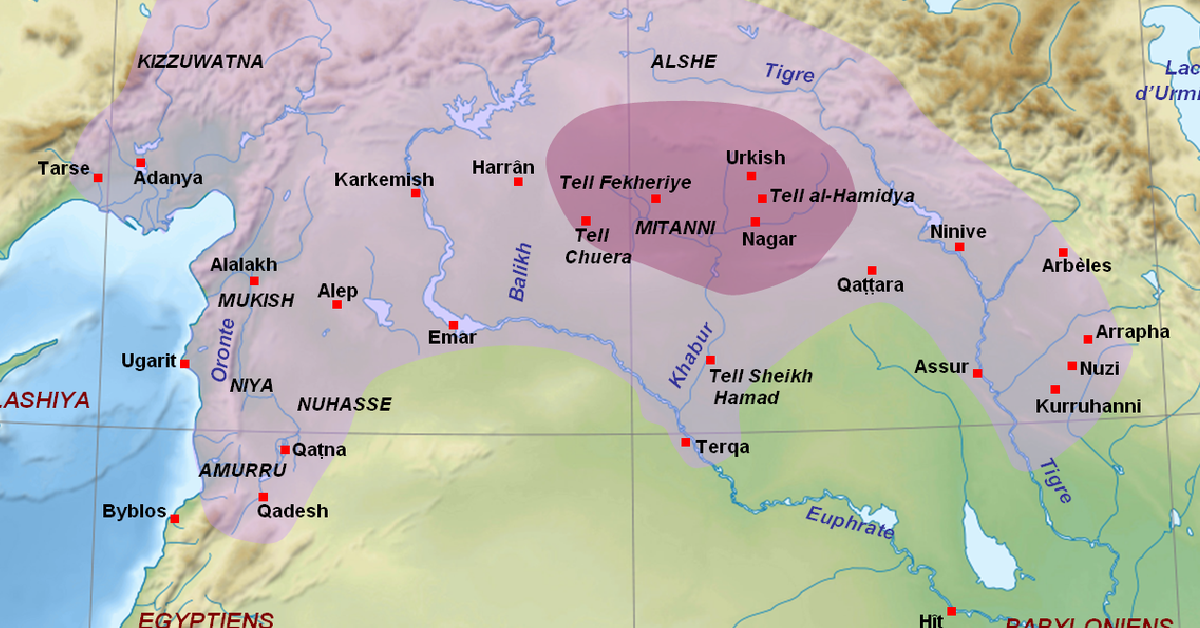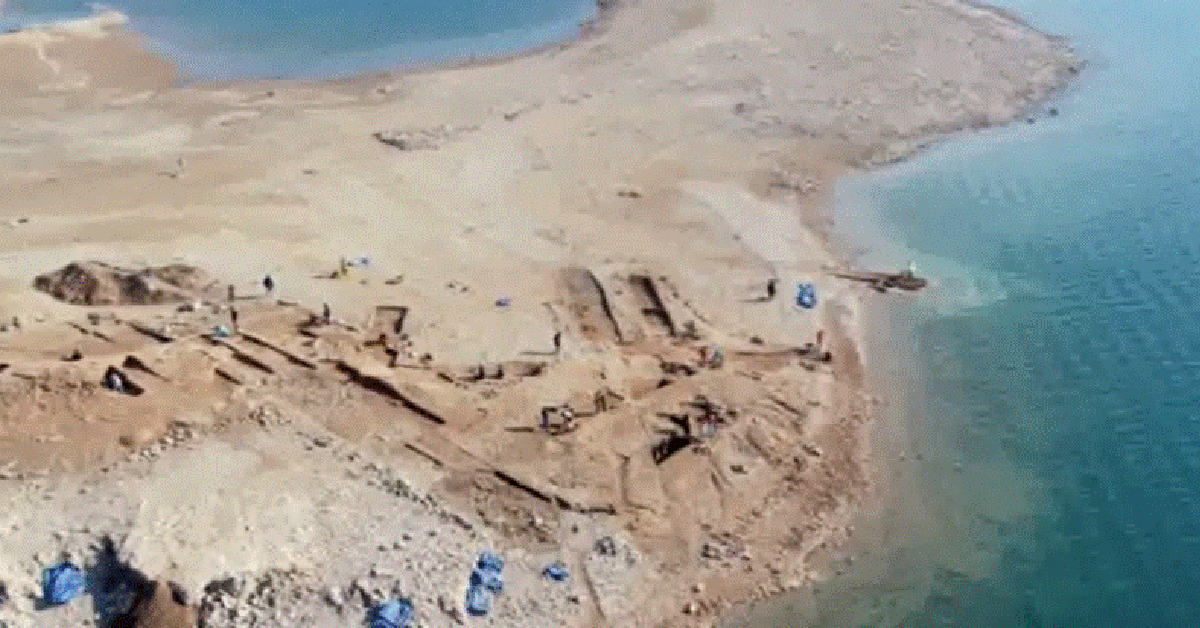Drought Exposed A 3400-Year-Old City Hiding Beneath The Tigris River
The archaeological ruins are currently being studied while water levels remain low.
A drought is a devastating event and in some parts of the world, it could mean life or death very quickly. As you are about to see, however, a drought can also create another type of event that the world finds interesting.
Looking back several thousand years ago, the Fertile Crescent was home to some of the most advanced ancient civilizations. Like many civilizations today, those of thousands of years ago depended on the water so they used the Tigris and Euphrates in multiple ways.

Many of the ancient cities have been buried under eons of dirt and debris and when they are uncovered, it is often of interest. We get to learn a little bit about how people in the past lived and thrived, and it teaches us something about ourselves as well.
Examples of those ancient cities can be seen throughout the Middle East, but there is something interesting that happened recently due to an ongoing drought. According to a press release, the waters of the Tigris began to drop and as a result, there was a 3400-year-old palace complex that appeared.
The exposed city is from the Mitanni Empire, which had a lot of power back at that time. Between the years of approximately 1500 up until around 1360 BCE, they were the dominant force but eventually, they fell to the Hittite Empire. The Assyrians would later control the land.

People from the Mitanni Empire were very advanced. They communicated with surrounding nations, including the Egyptian Empire and they kept records on cuneiform tablets. One of the important centers of that empire was Zakhiku, and it seems as if it is now reappearing as the Tigris levels drop.
According to the press release, a reservoir was created when the Tigris was dammed in the 1980s. Several towns downriver from that reservoir would be supplied with water when they needed it and the dam would also produce electricity. Many ancient ruins were covered as a result of the flooding water and perhaps they were thought to be lost to time.
Researchers were able to get a glimpse into the past back in 2018 when the area was partially exposed. Now that drought has occurred in 2022, the water level has lowered even further and archaeologists are quick to take the opportunity.

Kurdish archaeologist Dr. Hasan Ahmed Qasim is working along with Dr. Ivana Puljiz and Peter Pfälzner to see what they can learn. They received some funding from the Directorate of Antiquities and Heritage in Duhok and are rushing to gain as much information as possible.
The name of the area that is being mapped out is Kemune. Within that area, they were able to excavate a large fortification that included towers and walls and a storage building that was several stories high. There was also an industrial complex that was uncovered.
According to a statement in the press release, Dr. Puljiz said: “The huge magazine building is of particular importance because enormous quantities of goods must have been stored in it, probably brought from all over the region.” Dr. Qasim also spoke up about the area, saying that the excavation proves that it was an important part of the Mittani Empire.

Perhaps the most interesting part about the entire process is how well preserved the ruins are. The mud brick was baked to build the buildings, and although they were underwater for some 40 years, they still managed to survive. They even found clay tablets that were unfired with cuneiform writing, helping to expose even more information about that ancient Empire.
Since the area was destroyed by an earthquake around 1350 BCE, it is thought that the tablets are middle Assyrian. It is hoped that they will allow more to be learned about that area and the people who lived at that time.
SKM: below-content placeholderWhizzco for DOT

